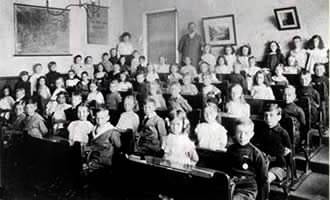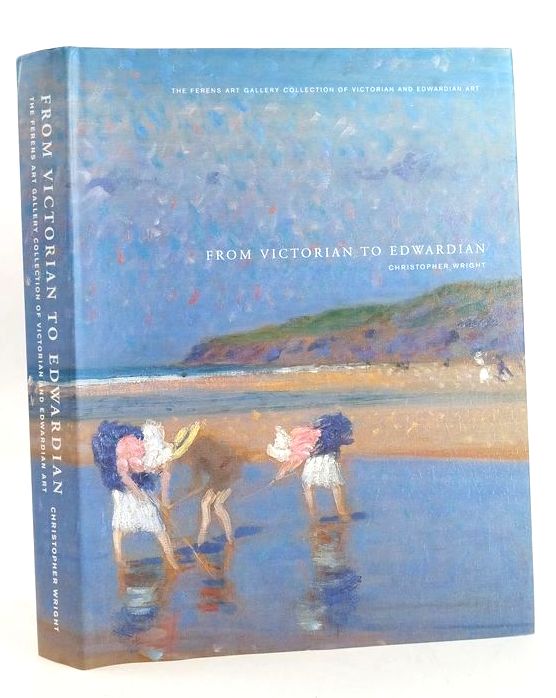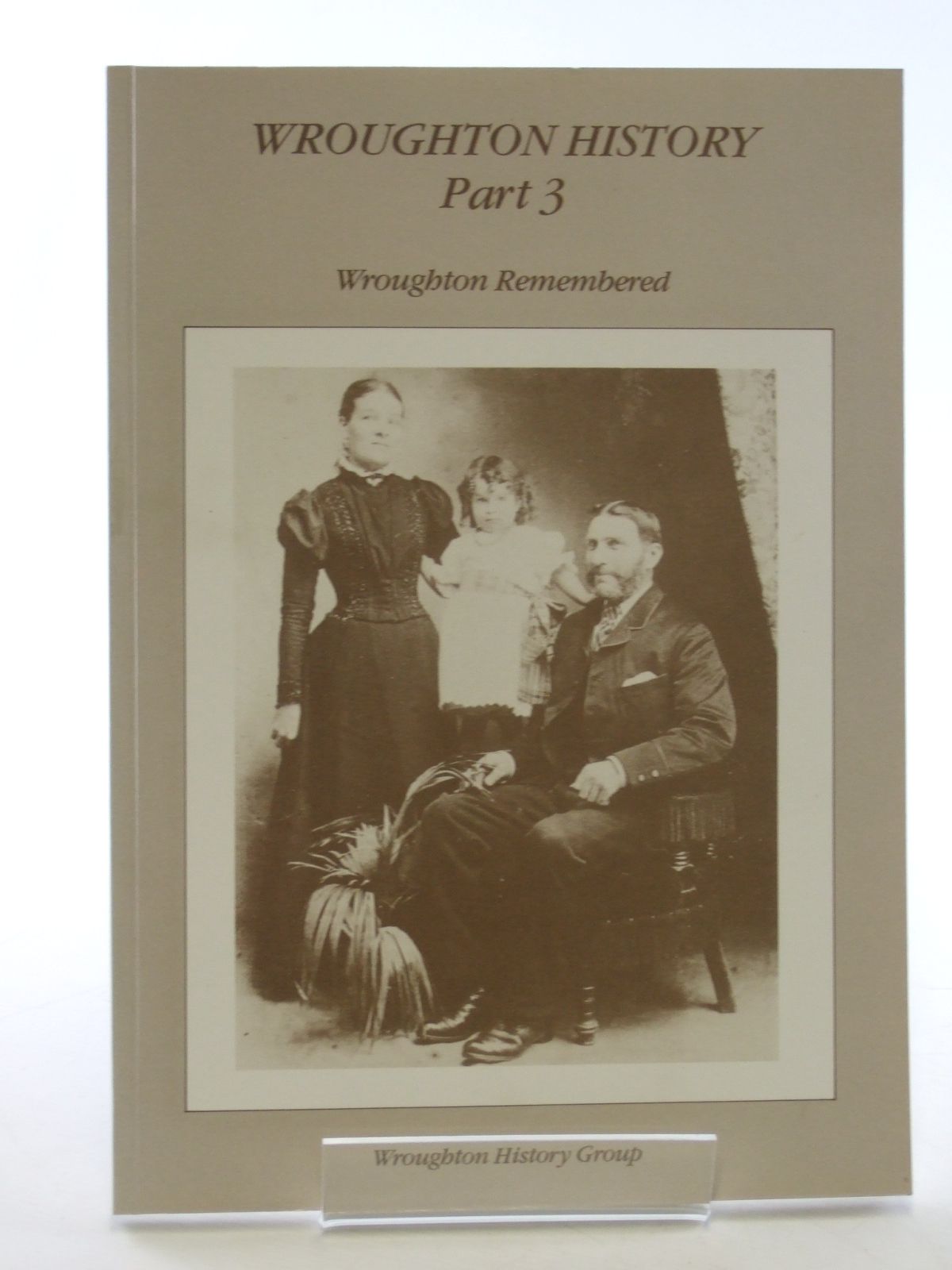Edwardian Education
View current stock of books on the Edwardian period
Hard Labour
Four shillings per week, 7:00 am to 5:30 pm Monday to Friday and half day on Saturday as well. That is what Reggie earned when he left school aged 14 in 1913 working for Mr. Pidgeon, market gardener.


Just one fact from a fascinating document from St. Stephens school near Saltash in Cornwall. More than just a register; each year a summary survey of the pupils about to leave school was carried out. This looked at their height, weight, where they lived, what their father did, what they wanted to do when they left school and some notes as to what actually transpired in the years after leaving school. In an Education Act in 1907 local authorities were given powers to authorise medical examinations as it was hoped these would help diagnose childhood diseases early. It was possibly this that led to the height and weight measurements being included in this school report of the 29 pupils (17 boys and 12 girls).
Wages
Sydney fared slightly better than Reggie, earning 5 shillings per week for similar work with Mr Hearl in Burraton Coombe; Claude also earned 5 shillings per week at Liskeard station bookstall (Wymans); William earned 9 shillings per week as an hostler. In 1913 around 5 shillings per week seems to have been the going rate for unskilled labouring work. One important difference from today is that, of the 17 boys, all left to go directly into employment with none unemployed.
Between 1870 and 1893 there were several Elementary Education Acts, the one in 1883 raising the school leaving age to 14, hence the age on leaving of all the boys and girls we see in this article.
Higher education
Further full time education at a Grammar School cost money and was beyond the purse of most parents in this group - only 2 boys went on to Grammar school while 4 boys went to Night Classes. None of the 12 girls went to either Grammar school or Night Classes. Interestingly, the two boys who went on to Grammar school both had farmers as fathers.

Above: Cliff at school in St. Stephens- but which one is he?!
Parents
St. Stephens was a rural Parish on the edge of Saltash, a small town just across the River Tamar from Plymouth with its large Naval Dockyard, so it is hardly surprising that the parents of our boys and girls were mainly agricultural workers, dockyard workers or in the Navy.
Ambitions
With the proximity of the dockyard and the ever visible presence of the warships in the Hamoaze and anchored up the Rivers Tamar and Lynher (we had a British Navy then) 7 of the 17 boys wanted to join the Royal Navy but just one made it. Sadly two of the boys died in 1915 and not as a result of being in World War I, the report provides no further information.

Perhaps surprisingly, all the girls expressed a desire to have a career. Even at this time they did not say “wife” as the extent of their ambition but shop girls, nurses, dressmakers, dairymaid and type writers. Yes, type writers - at that time this was the name for the person as well as the machine! Yet 8 of the 12 girls ended up in domestic service. Although some of the girls simply went “to help mother” immediately on leaving school, shortly thereafter they were all in employment.
Left: Royal Albert Bridge, Saltash
Health
The children’s health as noted by the teacher was for the most part Good or Very Fair but it’s interesting to use the two pieces of data gathered (height and weight) together with the age of the pupil and use a modern measure, Body Mass Index (BMI), to look at one aspect of their health, were they over or underweight?
Two girls, Winnie and Lily, are undernourished with a BMI below the fifth percentile, but with those two exceptions all the boys and girls fall within the bounds of a healthy BMI for their age. One girl, Violet, has her BMI at the 75th percentile - I suspect we would call her chubby today - but overall this class, with an average BMI at the 25th percentile, would be much slimmer than today’s class.
Reggie again
Reggie went on from his 4 shillings market gardening job to be a Telegraph Boy at Saltash Post Office with a wage of 5 shillings per week but, with the advent of World War I, was sent to Sheffield on munitions work in 1915.
World War I
World War I as far as the UK was concerned started on 28th July 1914 and went on until the 11th November 1918. Many of these pupils left school on their 14th birthdays in early 1914, just a few months before the outbreak of war. How the war affected them and their parents cannot be discerned from this register. That it did is certain.
Many of the boys were directly affected by having to enter war related occupations while for the girls, at the very least, it presented a shortage of husbands after the war. For all these boys and girls it was life changing.
Contributed by Cliff
(Published on 26th Feb 2015 )







